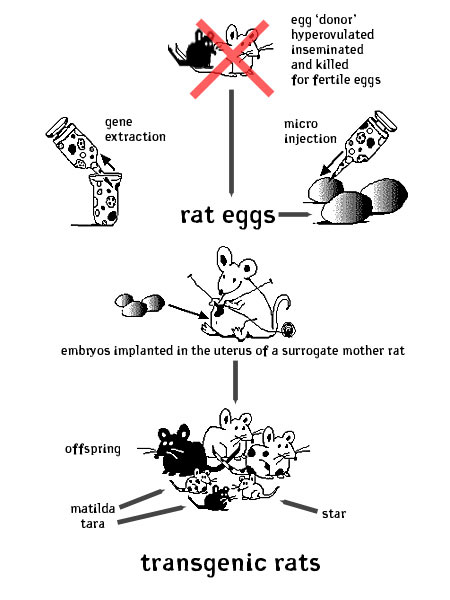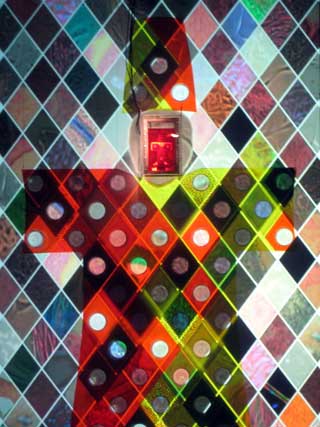My favorite auto maker is Audi, one of the "German big 3", along with BMW and Mercedes-Benz. Besides its fame in reliability and quality, I enjoy its design, both interior and exterior. With its arresting lines of their signature Singleframe grille plus the distinctive LED daytime running lights, I just felt obsessive to it! The application of technology into an artistic looking is the key factor of Audi's long-lasting fame all over the world.
2014 Audi S8
2014 Audi A7 TDI and Me!
There were many other beautiful cars and some of them are really astonishing at first glance. However, I don't want this post to be an auto gallery, thus the next part I want to discuss the unity of appearance and target group.
Smart Fortwo
Lamborghini
Red Bull RB6
Three typical cars I found in the show. Small, lovely Smart, exotic pre-owned Lamborghini and the legendary Red Bull RB6. Smart was designed as a two seater city car, and the cute exterior was primarily manufactured to attract female and youngster who prefer less consumption and tight interior. The second is an exotic pre-owned Lamborghini. Look at the way it opened its doors and the matt pink body! It would attract everyone's attention before the driver steps out. Both impressive designs with high artistic value are designated to attract the potential owners. The auto makers have already predicted the preference and personality of its future owner. Lastly, the formula one racing car was all designed for better performance and almost no artistic consideration at all. Therefore, one can see how different are designs of various kinds of cars!
This annual celebration of auto lovers is now in LA! If you love cars or are interested in technology, you should definitely take a look!
Work Cited
"About Us | LA Auto Show." LA Auto Show RSS. 2013 LA AUTO SHOW, n.d. Web. 24 Nov. 2013. <http://laautoshow.com/about-us/>.
"Audi." Wikipedia. Wikimedia Foundation, 24 Nov. 2013. Web. 24 Nov. 2013. <http://en.wikipedia.org/wiki/Audi>.
"Exterior Design." Audi Design: Car Designs. Audi of America, n.d. Web. 24 Nov. 2013. <http://www.audiusa.com/innovation/design/exterior-design>.
"Red Bull RB6." Wikipedia. Wikimedia Foundation, 11 July 2013. Web. 24 Nov. 2013. <http://en.wikipedia.org/wiki/Red_Bull_RB6>.
"Smart Fortwo." Wikipedia. Wikimedia Foundation, 18 Nov. 2013. Web. 24 Nov. 2013. <http://en.wikipedia.org/wiki/Smart_Fortwo>.
"Exterior Design." Audi Design: Car Designs. Audi of America, n.d. Web. 24 Nov. 2013. <http://www.audiusa.com/innovation/design/exterior-design>.
"Red Bull RB6." Wikipedia. Wikimedia Foundation, 11 July 2013. Web. 24 Nov. 2013. <http://en.wikipedia.org/wiki/Red_Bull_RB6>.
"Smart Fortwo." Wikipedia. Wikimedia Foundation, 18 Nov. 2013. Web. 24 Nov. 2013. <http://en.wikipedia.org/wiki/Smart_Fortwo>.









.jpg)


